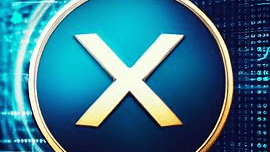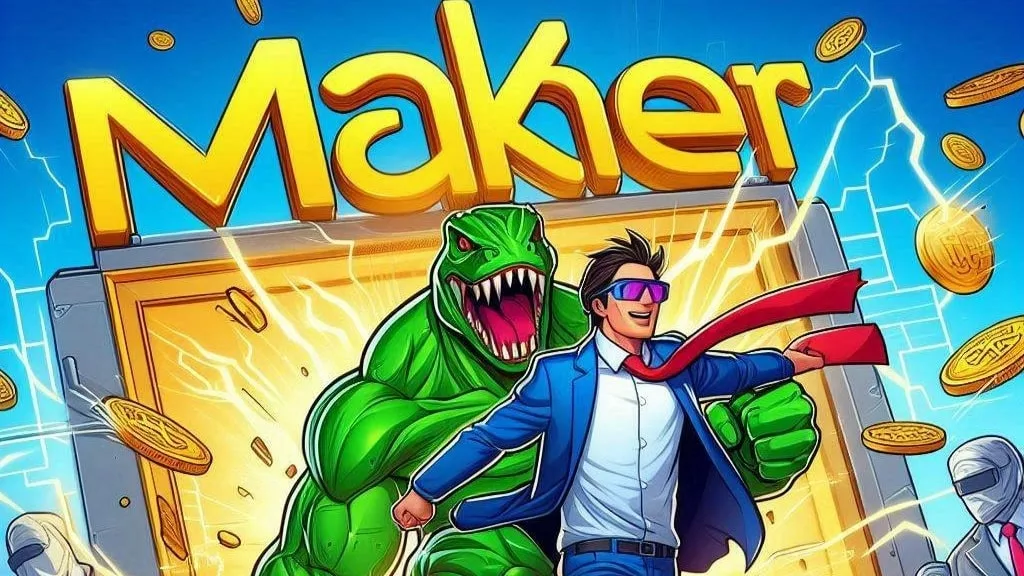
The world of cryptocurrencies is a rapidly evolving landscape, and Ripple’s XRP has been a significant player in this space. However, recent events have cast a shadow of uncertainty over the future of XRP. The outcome of a critical court case against the U.S. Securities and Exchange Commission (SEC) has left the cryptocurrency community pondering the implications of regulatory decisions on the broader market.
The SEC Case and Regulatory Clarity:
The legal case between Ripple Labs and the SEC has drawn attention not only due to its high-profile nature but also because it addresses the broader issue of regulatory clarity for cryptocurrencies. The central question revolves around whether XRP qualifies as a security, subject to the regulatory framework of traditional securities laws.
The SEC’s Howey Test, established in 1946, determines whether an asset is a security based on three prongs: an investment of money, in a common enterprise, with the expectation of profits solely from the efforts of others. However, applying this test to cryptocurrencies like XRP, with their unique characteristics and decentralized nature, has proven challenging.
The SEC’s Argument and Market Impact:
The SEC contends that XRP fits the definition of a security under the Howey Test. This argument hinges on the notion that XRP was initially distributed through an ICO-like process, where investors contributed funds to Ripple Labs, and the company promised future profits based on its efforts. The SEC maintains that XRP holders should be considered investors rather than utility token users.
The implications of such a classification are significant. If XRP were deemed a security, Ripple Labs would be subject to stringent regulatory requirements, impacting its operations and potentially leading to sanctions or penalties. Additionally, XRP trading could be suspended on various cryptocurrency exchanges until regulatory compliance is ensured.
Market Trends and Price Analysis:
In light of the SEC case, XRP’s price has been subject to increased volatility and uncertainty. Resistance around the $0.7374 level and support at $0.7028 have contributed to a consolidation phase, where price oscillations have been minimal over the past few days. To trigger a more bullish trend, XRP must surpass the resistance level and exhibit sustained upward momentum.
Examining the daily chart, XRP has undergone a slight decline, currently trading at $0.7110. Over the past 24 hours, it has experienced a 0.45% decrease, with an 8.01% drop over the past week. The moving average (MA) hovers around $0.7228, suggesting a bearish trend. Should the MA dip below the SMA 50 curve, it could signal further price declines below the critical $0.7000 threshold. The relative strength index (RSI) stands at 58, indicating moderate selling activity.
On the four-hour chart, XRP’s price exhibited a recent downward breakout, only to find support from bullish presence, as evident in the last candlestick’s tail. With low volatility, the Bollinger bands indicate the potential for significant price movements in either direction. The RSI curve line at index 46 in the neutral zone further corroborates this observation.
XRP Price Predictions:
In the face of regulatory uncertainty, numerous market analysts have offered predictions for XRP’s future price. Forecasts range from $0.61 by 2023 to as high as $21.63 by 2032. However, it’s important to note that these projections are speculative and heavily influenced by regulatory developments and market sentiment.
The Broader Impact on the Cryptocurrency Market:
The Ripple case verdict has implications beyond XRP and Ripple Labs. It highlights the pressing need for clearer regulatory guidelines for cryptocurrencies as a whole. The lack of established regulations has led to a patchwork of interpretations, leaving market participants unsure about their legal obligations and the potential consequences of non-compliance.
The outcome of this case could set a precedent for how other cryptocurrencies are treated by regulatory authorities in the future. The broader cryptocurrency market has closely monitored the proceedings, and the ruling may shape the industry’s trajectory for years to come.
Investors and traders now face a critical decision: navigating the murky waters of regulatory uncertainty while managing their exposure to the cryptocurrency market. The lack of clear guidelines can deter institutional investors and hamper mainstream adoption, hindering the market’s potential growth.
Conclusion:
The regulatory uncertainty surrounding Ripple’s XRP poses significant challenges for the cryptocurrency market as it grapples with the need for clearer guidelines. The outcome of the SEC case has the potential to impact not only XRP and Ripple Labs but also the entire cryptocurrency industry. As investors await further regulatory clarity, the price of XRP remains subject to market trends and investor sentiment.
Market participants must exercise caution, conduct thorough research, and seek professional advice before making any investment decisions. In the ever-evolving world of cryptocurrencies, knowledge and adaptability are essential for navigating the regulatory landscape and seizing opportunities while managing risks.
The cryptocurrency community, along with regulatory authorities, must work together to strike a balance between fostering innovation and ensuring investor protection. Only with a clearer and more predictable regulatory framework can the cryptocurrency market fully unlock its potential as a transformative force in the global financial landscape.




Get the latest Crypto & Blockchain News in your inbox.